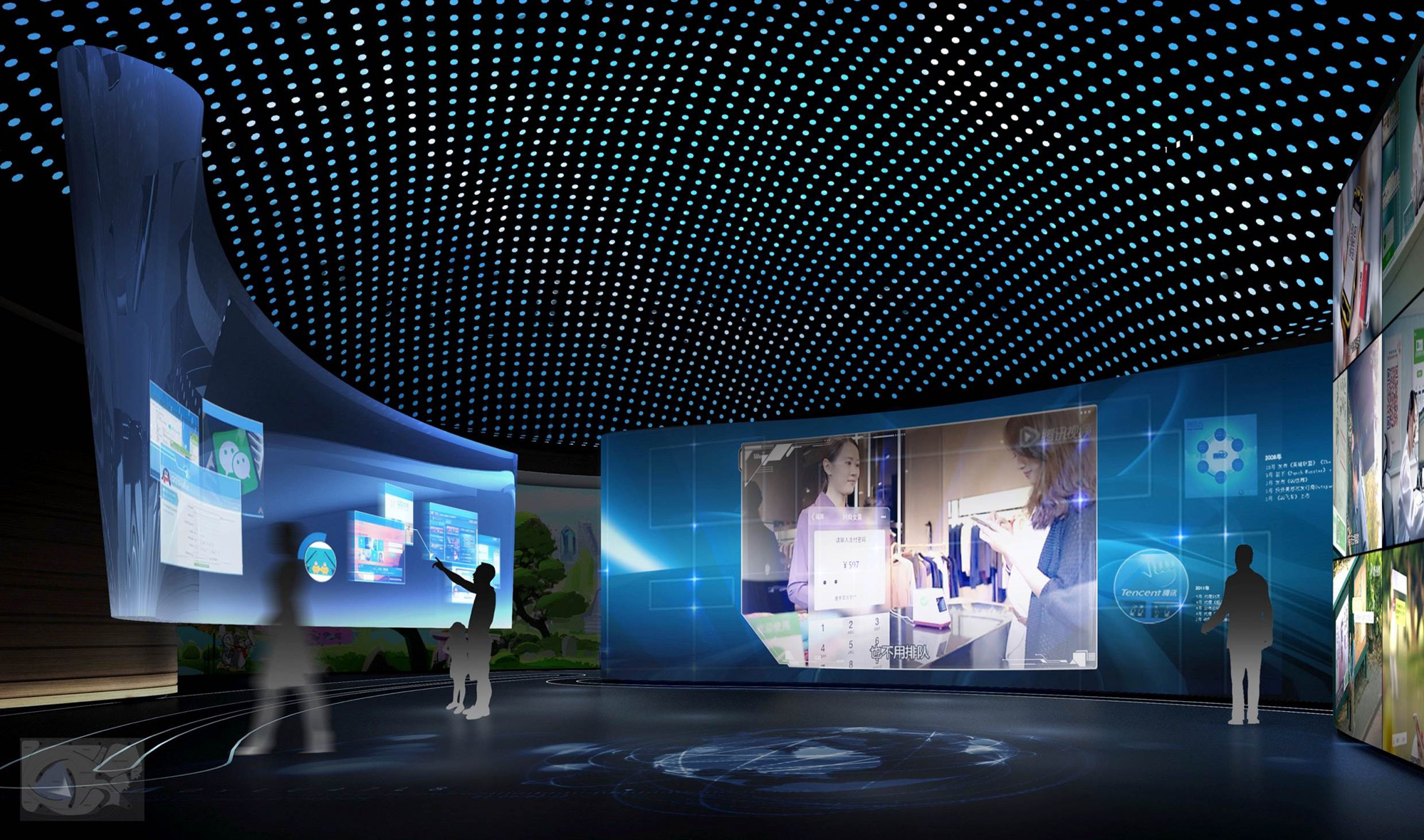Estimated reading time: 3 min
In the last decade, technological breakthroughs have had a significant impact on the world of interior design, but how will the next generation of innovations change the relationship between consumers, brands, and designers?
The new frontier of design at home
One of the biggest advances in the past twenty years has been the introduction of BIM Technology and virtual reality. Designers now have the power to create a digital environment without physically moving anything, which allows for accurate mapping of the available space. At the same time, 3D visuals and live-streaming establishes a new level of transparency between the client and the designer. The client can now give input to every stage of the project from anywhere in the world and simultaneously save time, money and effort. As technology becomes more advanced and more readily available to the public we may not be far away from living in a world where people have an interactive wall in their houses from which to work and communicate with the world. In fact, prototypes of smart houses are already available, like Openarch, a home designed to incorporate a digital layer connecting the house and its elements to the internet.

Empowering brands
Despite the extensive applications for these technologies, BIM, and virtual reality are still largely reserved for large-scale commercial events. So, what does this technological revolution mean for brands?
Technology empowers brands to better engage with their clients and enables consumers to experience first-hand the company’s story and values. Take RMJM Italia and RMJM Shenzhen’s proposed exhibition room project for Tencent for example. Building on Tencent’s brand and values, the project was designed with the intention of disrupting the traditional relationship between clients and brands and to reaffirm the positioning of China’s largest internet service provider. Intelligent technology, connection, and affinity: these were the keywords which guided our designers in the challenging task of creating a new experience for Tencent’s clients.

Tencent connects people by offering a huge variety of Internet services. The exhibition room was designed to connect the company to its users on an intricate level. To that end, the walls of the interior were designed to be completely interactive, with 3D virtual projections and alternating landscapes. Sophisticated multi-touch screens over 10 meters in length allowed users to create their own avatars and play with them in the virtual Tencent world. All the penguin avatars differed from each other for various age groups, genders, and accessories, providing a unique and highly personalised experience. Everything took life in the showroom: paintings, walls, tables, and screens. Users could learn about Tencent’s services while having fun, rather than by staring passively at the same old videos.

Modern domestic design is changing forever the way in which clients and companies communicate. As designers, we must embrace the tech revolution to continue in our pursuit to create the perfect space for the right needs.




How do you feel technological advances will change the interior design of general public transportation?